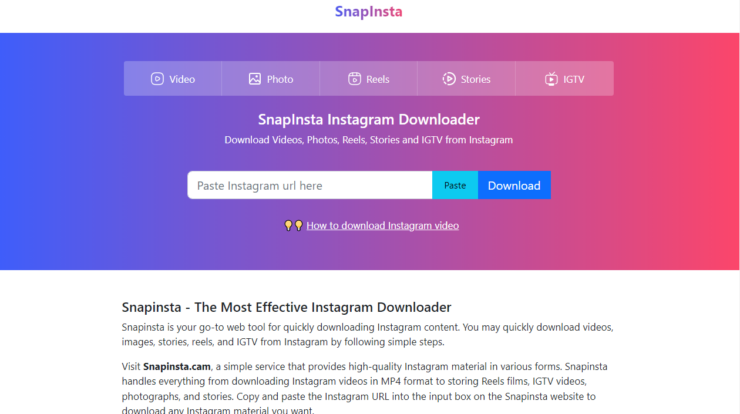
Phishing attacks are such cybercrime when the users are forced to give to the hackers their credentials, such as credit card information and passwords, as well as access to their devices. Very often people don’t even know about it. In fact, it’s a force-loaded virus that attacks your computer. The hackers then use their own tricks to make the victims click, share, and download files. For phishing hackers your ignorance is a big luck because if you know about this problem, you can relatively easily avoid it.
There are few types of phishing attacks and it is important to recognize them.
- Deceptive phishing. The most common spam attack is sending out emails that force the recipient to take certain actions in order to achieve one of these goals: get hold of the confidential information or to make you download malware onto your device. Once you give hackers access, they can use your bank account, steal your personal information, or even make purchases on your behalf.
- Spear phishing uses the same methods as the deceptive phishing, but it has a certain victim as a target. You may notice a chain of emails forcing you to take some actions. Such phishing attacks can target you on several messaging services, including emails, phone calls, and so on.
- CEO fraud is usually targeted at those who have something to lose, such as politicians, presidents of the companies, etc.
- Pharming is the disguise of the fake sites as real in order to lure confidential data from users.
So you see that you can face phishing attacks anytime and anywhere.
What should we know to reveal the phishing attack and not to become the victim?
- Never open email from an unknown sender. The hackers often imitate trusted brands. You may receive a message from Apple, Amazon, or your bank that appear to be genuine but in fact, contains phishing malware.
- Hackers do not invest much money into website adjustments. They want to trick only the most trustful victims, that is why there is often bad grammar and improper spelling in the emails.
- If you keep your inbox clean and organized, there is a lower risk that you will become a victim of the hacker. Use a bulk email cleaner to take care of your inbox if you do not have time to do it manually every day.
- Urgency and panic often make people act quickly. Attackers also use these techniques to trick the victim into clicking the mouse without thinking about what you do. They may say that your bank account will be closed or you will receive the fine if you don’t fill in the registration form again, etc.
- Along with the use of intimidation tactics, scammers use the material that may interest their victims. You may get a letter that you’ve won an iPad, an exotic vacation, or a million dollars. Remember, if everything looks too good to be true, then this is probably a scam.
- Unsubscribe from all newsletters that distract you. It’s a good idea to have separate accounts for work and personal issues. However, if you are used to having one mailbox for all messages, make sure to unsubscribe from emails you no longer want to receive. The more mailings lists your email address is included in, the more spam emails you are receiving daily making it more difficult to surf through really important messages and increasing email management stress.


